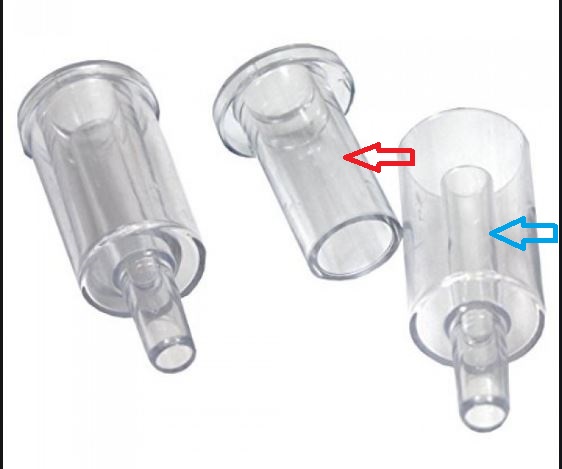@Chippy_Tea
I saw the photo of your blow-off apparatus. For my own information, shouldn't the blow-off container be lower than the liquid in the FV? Meaning, don't you risk a reverse-siphon since the liquid in the tube could create a siphon effect in the wrong direction once there's no CO2 pressure coming from the FV?
I usually see the blow-off tubes where there is an airtight connection at the FV and then the tube travels down to a lower position and rests in a container of vodka.
I saw the photo of your blow-off apparatus. For my own information, shouldn't the blow-off container be lower than the liquid in the FV? Meaning, don't you risk a reverse-siphon since the liquid in the tube could create a siphon effect in the wrong direction once there's no CO2 pressure coming from the FV?
I usually see the blow-off tubes where there is an airtight connection at the FV and then the tube travels down to a lower position and rests in a container of vodka.




